
 Short haired cats don't necessarily need to be groomed, however you may choose to groom your cat either for a show or just as a way to spend some time with your beloved feline. Long haired cats do need some maintenance or their coat will quickly become matted.
Short haired cats don't necessarily need to be groomed, however you may choose to groom your cat either for a show or just as a way to spend some time with your beloved feline. Long haired cats do need some maintenance or their coat will quickly become matted.
Grooming should be started from an early age, so your cat becomes easily accustomed to it. It should be an enjoyable experience for both you and the cat.
Advantages of grooming a cat:
A cat with a matted coat is extremely uncomfortable as movement becomes restricted. Left for long enough, and you will require the assistance of a professional groomer or a veterinarian to sort out the problem.
Grooming also has the benefit of removing loose hairs and reducing the chances of your cat ingesting too much hair when he self grooms, which then may lead to hairballs.
Brushing stimulates blood circulation to the skin, which creates healthier skin and coat due to an increased amount of sebaceous gland secretions.
Additional benefits of grooming can be that you can quickly discover any lumps and bumps your cat may have developed, or the presence of parasites such as fleas and ticks.
Older cats especially may need help with grooming as advancing years can make it difficult for your cat to get into the required positions to groom himself properly.
How often should I groom my cat?
Daily grooming is recommended for cats with long hair, this should only take 5 or 10 minutes. Shorthaired cats can get away with being groomed less often.
Equipment needed:
Cat brush - This should be a good quality, soft bristled brush.
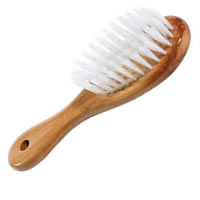
Cat Comb - The comb should be fine toothed, to assist with combing out matts and knots.
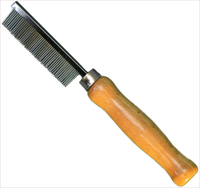
Grooming mitt - The grooming mitt is a good option to use on short haired breeds of cats such as Siamese, Singapuras etc.
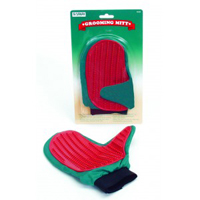
Cat grooming brushes and combs are readily available from your local pet store or supermarket.
How to groom your cat:
Begin at the head and work your way down to the tail. Brush your cat in the direction of the hair. Talk calmly to your cat as you are grooming. Regularly remove the dead hair from the brush and discard. Be careful not to brush too hard, it should feel enjoyable to your cat, not painful.
Once you have brushed your cat all over, it is time to get out the comb. Again, move in the direction of the hair growth.
If your cat isn't enjoying being groomed, don't push it. Start out brushing your cat for just a few minutes at a time, and let him give you feedback on how the experience is going. If he doesn't like it, back off and try again in a day or so. Offer small treats to your cat as he is being groomed.
Spraying a small amount of Feliway onto your hands prior to grooming can help calm down a nervous cat.
Take the time to carefully examine your cat at the same time. Again, start from the head and work your way towards the tail. How are his teeth looking? Any signs of inflamed gums? Look in the ears for any signs of dirt or waxy build up. Move down the legs and to the paws. Are they in good shape, are the claws entire? Do they need to be trimmed? Carefully inspect between the paw pads for signs of injury or ticks. Move along the body, feeling the belly and spine for lumps and bumps, and work your way down to the tail.
Bathing your cat:
Bathing generally isn't necessary unless your cat is particularly dirty, is going to a cat show. Most cats dislike water, and attempting to bathe a cat is usually an unpleasant experience for all.
If you do decide to bathe your cat, you should use a shampoo designed for use on cats. Human shampoos can be too harsh on their delicate skin and can lead to skin problems. It is recommended you have a second person to help bathe a cat, so that they can pass you shampoos, combs, towels etc.
Getting a professional:
Sometimes, it is easier to take your cat to the groomer. They have the advantage of skills and expertise. If you have a cat who especially dislikes being groomed, he may require sedation prior to being groomed. This will need to be administered by a licensed veterinarian.
If the coat has become too matted, your cat may need to be shaved.
Nails:
It is important to keep your cat's nails trimmed, again, this is something that really should be introduced to your cat from an early age so he is used to it. Indoor cats especially are prone to developing over grown nails, and nails should be looked at every two weeks and trimmed back as necessary. Read here for information on how to trim cat claws.
Also see:
Cat claws Cat symptoms Do cats need a bath?
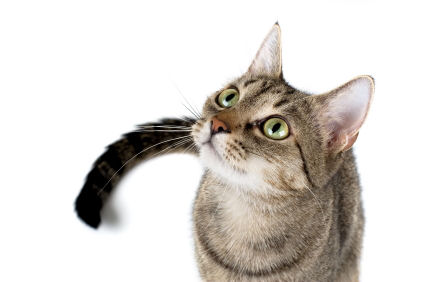 Cat Care Tips
Cat Care Tips Cats are a popular pet for many reasons. But
Cat Care Tips
Cat Care Tips Cats are a popular pet for many reasons. But
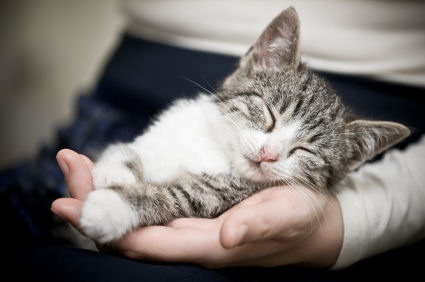 Cat Safety - How To Keep Your Cat Safe
Cat Safety - How To Keep Your Cat Safe Roaming: There are
Cat Safety - How To Keep Your Cat Safe
Cat Safety - How To Keep Your Cat Safe Roaming: There are
 How Gene Research Can Help Your Cat Lose Weight
By Jennifer Coates, DVM
It's easy
How Gene Research Can Help Your Cat Lose Weight
By Jennifer Coates, DVM
It's easy
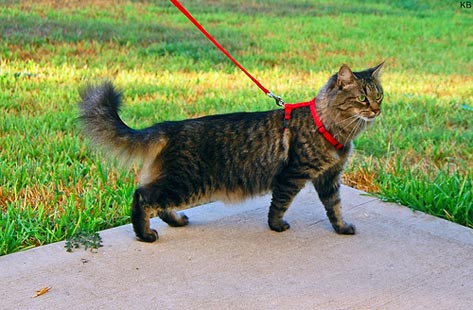 How to Walk Your Cat (and Live to Tell About It)
Ever seen a cat out walking on a leash? Mo
How to Walk Your Cat (and Live to Tell About It)
Ever seen a cat out walking on a leash? Mo
 The Misunderstood Feral Cat
By Christine Michaels
Chances are that you
The Misunderstood Feral Cat
By Christine Michaels
Chances are that you
Copyright © 2005-2016 Pet Information All Rights Reserved
Contact us: www162date@outlook.com